I have thousands of OOBBs (object oriented bounding boxes) in 3d space which encompass simple elongated 3d meshes. They are tightly packed together.
I'd like to shoot rays into them and figure out which OOBBs get hit. Due to the number of ray intersection tests I need to perform (millions), a brute force approach against all the OOBBs will not suffice.
Originally I thought it would be easy to use some kind of spatial partitioning system to quickly narrow down potential results, but systems like BVHs or KDTrees rely on AABBs (axis aligned bounding boxes) to speed up queries and in my case those would be very inefficient (because lots of my tightly-packed OOBBs have roughly the same AABB due to the diagonal nature of the mesh they encompass).
I read about OBBTrees in the RAPID library, but it seems like they're built from the top down (start with polygon soup and subdivide into progressively smaller groups of OOBBs to form the tree), rather than bottom up (start with lots of OOBBs and build a tree from them).
Are there any other data structures that I can use to speed up my intersection tests?
Here is a picture of my OOBBs. As you can see, they are tightly packed and if you can envision what their AABB would look like, you'd see that they'd overlap to the point where an AABB-based tree would not really boost performance (because virtually all of them would get hit by a ray shooting through the center of the group).
It's worth noting that I need to query all OOBBs hit by a ray, and not just the first/closest one.
